Peonies bloom from late April through early-June in California – up to a month later in cooler climates. |
|
Select a sunny, well-drained location for your peonies. They will tolerate some shade, but should have at least a half-day of sunshine. The best blooms are usually found on plants growing in full sunlight. Do not plant near large trees or heavy shrubs where they would be robbed of necessary moisture and plant food. Plants may be spaced from two to four feet apart according to desired effect in the landscape. If you wish to develop large specimen clumps, space them four feet apart. Peonies prefer a soil that tests 6.5 pH. Some landscaping ideas include: borders, group plantings, mass plantings, plant with other shrubs, perennials, bulbs or annuals to provide color and texture when peonies are done blooming.
|
|
Peonies like a "heavier" soil rather than some "artificial" mixes on the market. Incorporate a lot of compost. I never recommend keeping peonies in pots as over time the soil sinks and you need to re-pot every couple of years. You would need at least a 10 gal. ceramic or wooden pot. In our garden, the potted peonies never achieve the grandeur of those in the ground. |
|
If your ground has been properly enriched at planting time, there will be little need for further fertilization for some years. The type of soil will determine the frequency. Porous soils lose their fertility faster than others, as it is washed out by the rains. Keep all fertilizer away from the crowns of the plants; there are no feeding roots there. Spread it over the area where the roots grow, from six to eighteen inches from the crown and thoroughly incorporate it with the soil. It should be applied after the peonies have bloomed, after you have deadheaded them in early summer. They will be developing new eyes for the next season, and this is the best time to fertilize. Once every several years an application of a well-balanced slow release fertilizer is adequate. Use it with discretion. Over-fertilized plants will not bloom well and soon run their course. About a handful of commercial fertilizer or one or more of bone-meal to a plant will be plenty. In all, peonies thrive with little attention paid to them. In actuality, good organic compost will do the best job for your peonies. On our farm, we use only compost when we plant or pot our peonies and have never actually used fertilizer in over 10 years though many growers recommend using fertilizer.
|
|
Water your peony plants immediately after planting so that the soil settles well around the roots. During the spring months, there is usually enough moisture in the ground for peony plants, but if several weeks pass without rain, give them a good watering once every two weeks. This should also be done during the dry summer months after the peonies have bloomed to ensure a good crop of flowers the following year. When foliage has turned brown in fall, after the first heavy frost, cut the plants down as near to the ground as possible. Burn all the old stems and leaves as a protection against disease.
|
|
The first spring after planting, a two year bedded peony root will make one or more stems 6" or more high. normal growth is low and only one stem appears. It may bloom and it may not. Do not worry if it does not. Many growers do not allow a plant to bloom the first year. If you allow the plant to bloom, cut the flower as soon as it fades directly below the bloom. Do not allow seed to form. First year peony blooms rarely give a true picture of the variety. The second year, the number of stems is usually double the number that came the first year. Growth is taller. If there are blooms, they are nearer normal. Cut all blooms immediately after flowering, with short stems. Some varieties take several years to produce normal flowers. The third year growth generally doubles that of the second year. Blooms should be normal in every way. Do not cut the stems too long. While the finest flowers are produced from plants 4-10 years old, many varieties have been known to give exhibition blooms for 20 or more years. Plants that have been well cared for will even outlive the gardener. If they are forced into abnormal growth by the use of stimulants, they will give out in a few years.
|
|
There are many reasons, but here are the most common:
|
|
Herbaceous peonies do best in USDA zones 2-8. However if you live in a warmer climate and would like to grow peonies, here are a few suggestions. Choose earlier blooming types that blossom before the heat of summer. Single and semi double forms also fare better than the double or bomb types. Plant the roots no deeper than 1' below the soil surface, watering only as needed. Your herbaceous peony will begin to die back in August in preparation for a period of needed dormancy. Remove and burn any foliage to avoid disease problems. Some proven warmer climate varieties include 'Charlie's White', 'Festiva Maxima', 'Kansas' & 'Do Tell'. In California, abundant moisture is a necessity, meaning thorough soakings every few days. Partial shade may be preferred and success will be better at higher altitude.
|
|
Peonies
are extremely long lived plants, often remaining undisturbed in the
same location for many years. Thorough initial soil preparation will
ensure ongoing cultural success. They prefer a sunny, well-drained location
with good, friable well-drained, well-tilled soil. It is best to cultivate
and mix compost a foot deep before planting. Do not plant too close
to trees, as the tree roots will compete for food and moisture. When
spacing peonies in a bed or border, allow 3-4 feet for each plant. When
you are ready to plant, dig a hole large enough to accommodate the root
system. Plant peonies with the eyes 2" below the soil surface in
colder zones where the ground freezes and less than 1" or at soil
level in warmer zones with the eyes facing upwards. Fill the hole with
soil, tamp lightly and water thoroughly. For the first winter it is
a good idea to loosely mulch new roots. Remove mulch in the spring to
allow new growth to come to the surface.
Special Note for local customers who purchase peonies in our 5-gallon nursery pots: Do not remove the plant from its container until the fall when the plant is dormant. Roots do not like to be disturbed during a growth cycle. As these pots are black, they will absorb the summer sunrays and the roots will heat up. To protect your roots and keep the pots from drying out too quickly, if you intend to plant them in the ground eventually, dig your hole now and place the pot into the hole to insulate the pot from summer heat. If you intend to eventually put the plant in a larger pot, select your pot now and fill it half way full of soil, put your potted plant in the larger pot and fill around this pot with additional soil. Remove the plants from their 5-gallon containers in the fall and replant in the ground or larger container. Our plants need to be removed from their original containers by the Sept following your purchase and placed in a permanent growing environment either in the ground or in a much larger container.
|
|
Ants
on Peonies  
|
Do not worry about the ants. Contrary to urban myth, you do not need ants to make the buds open. The buds, before they open, exude a sticky sweet substance that attracts ants. No need to wash them off as they tend to disappear when the buds open fully. |
easy print versions: (.pdf file)
Your
Fresh Peonies Will Last For Months With This Useful Storage Tip
Easy raised bed for those who do not have good well drained soil
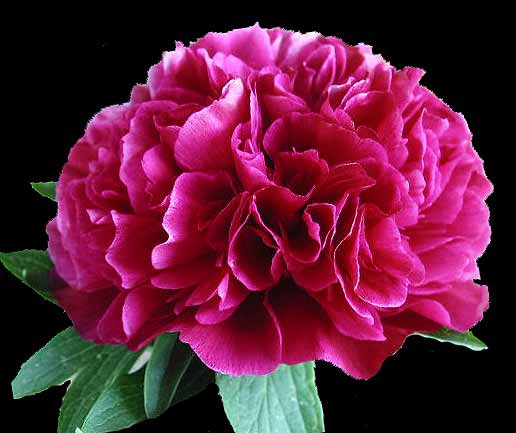
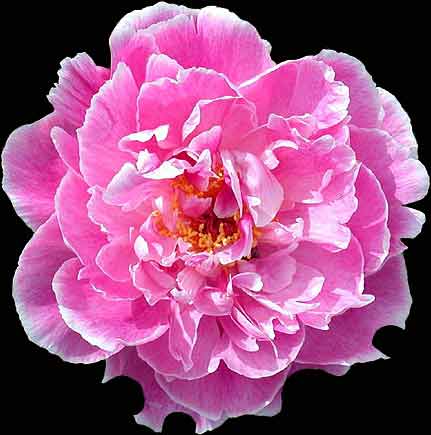
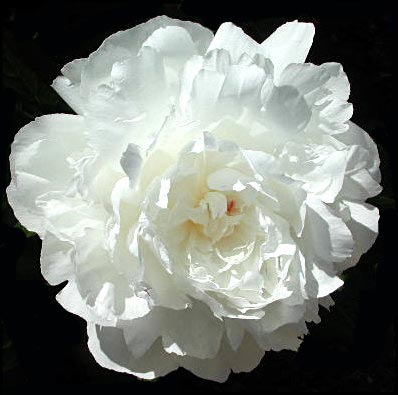
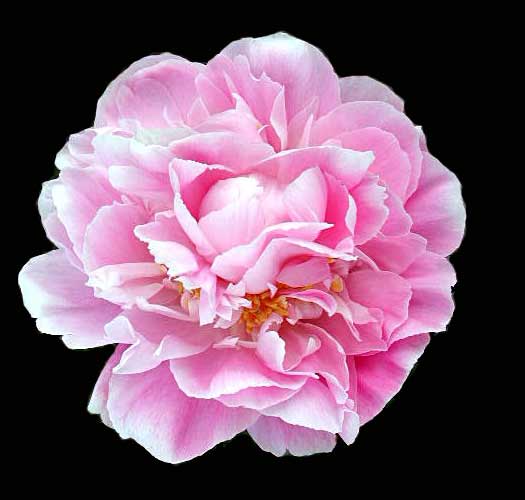




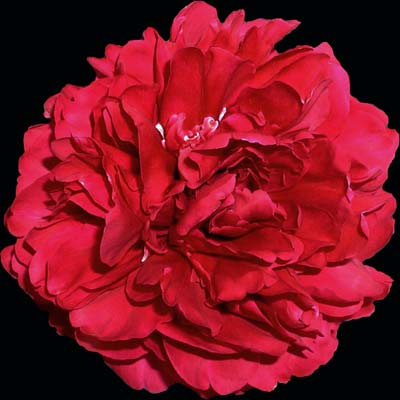

 CharMarron
Nursery Home
CharMarron
Nursery Home